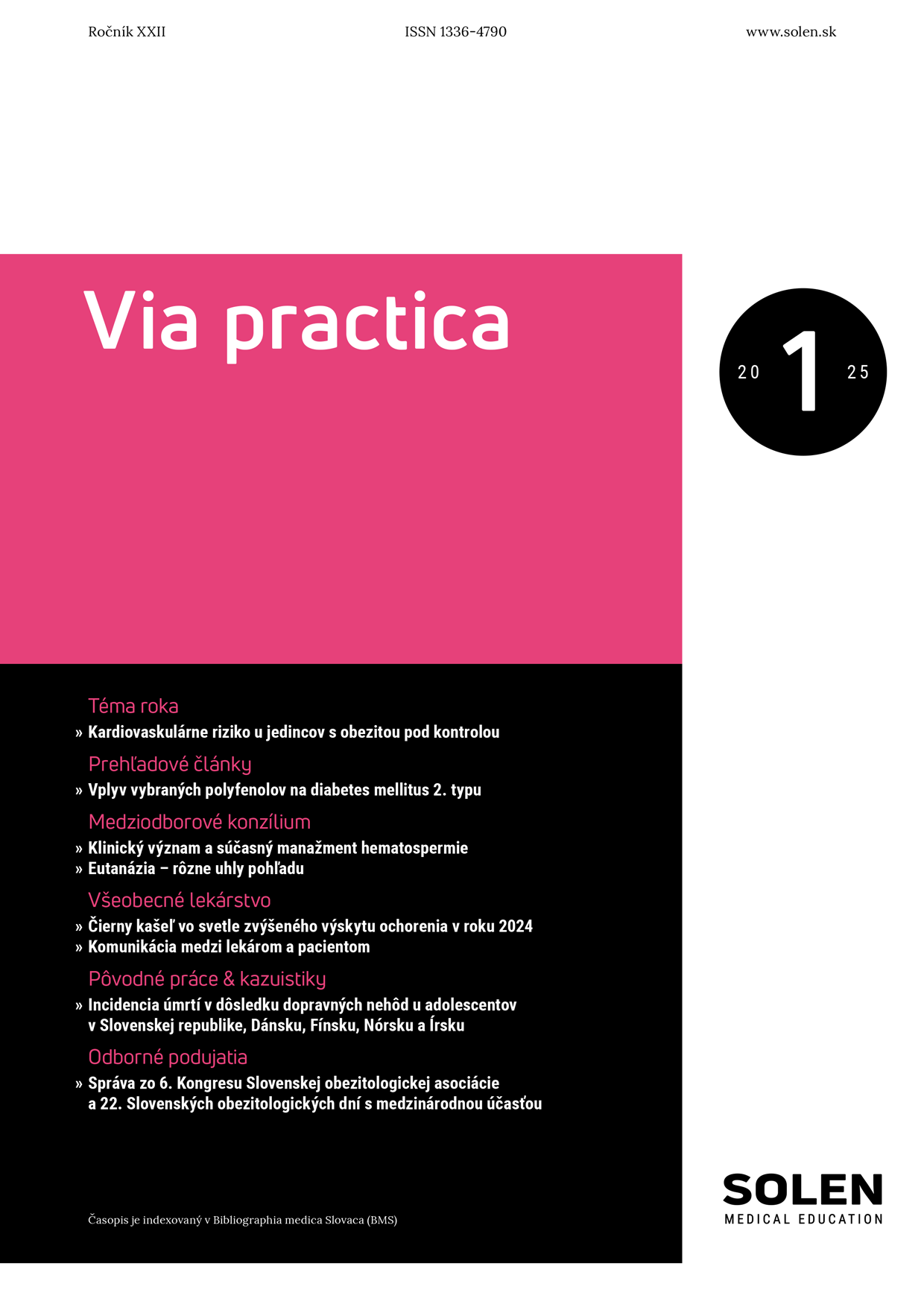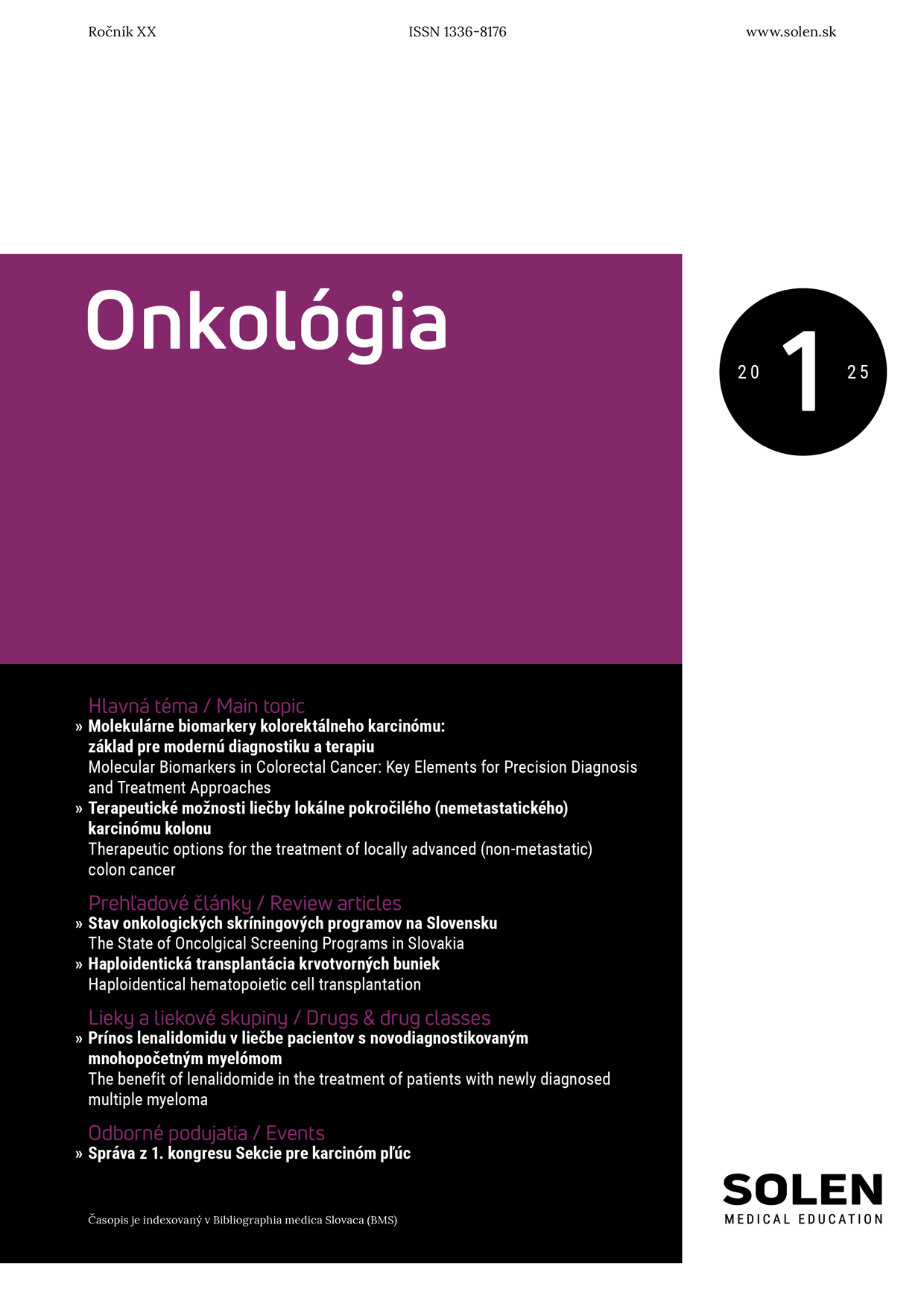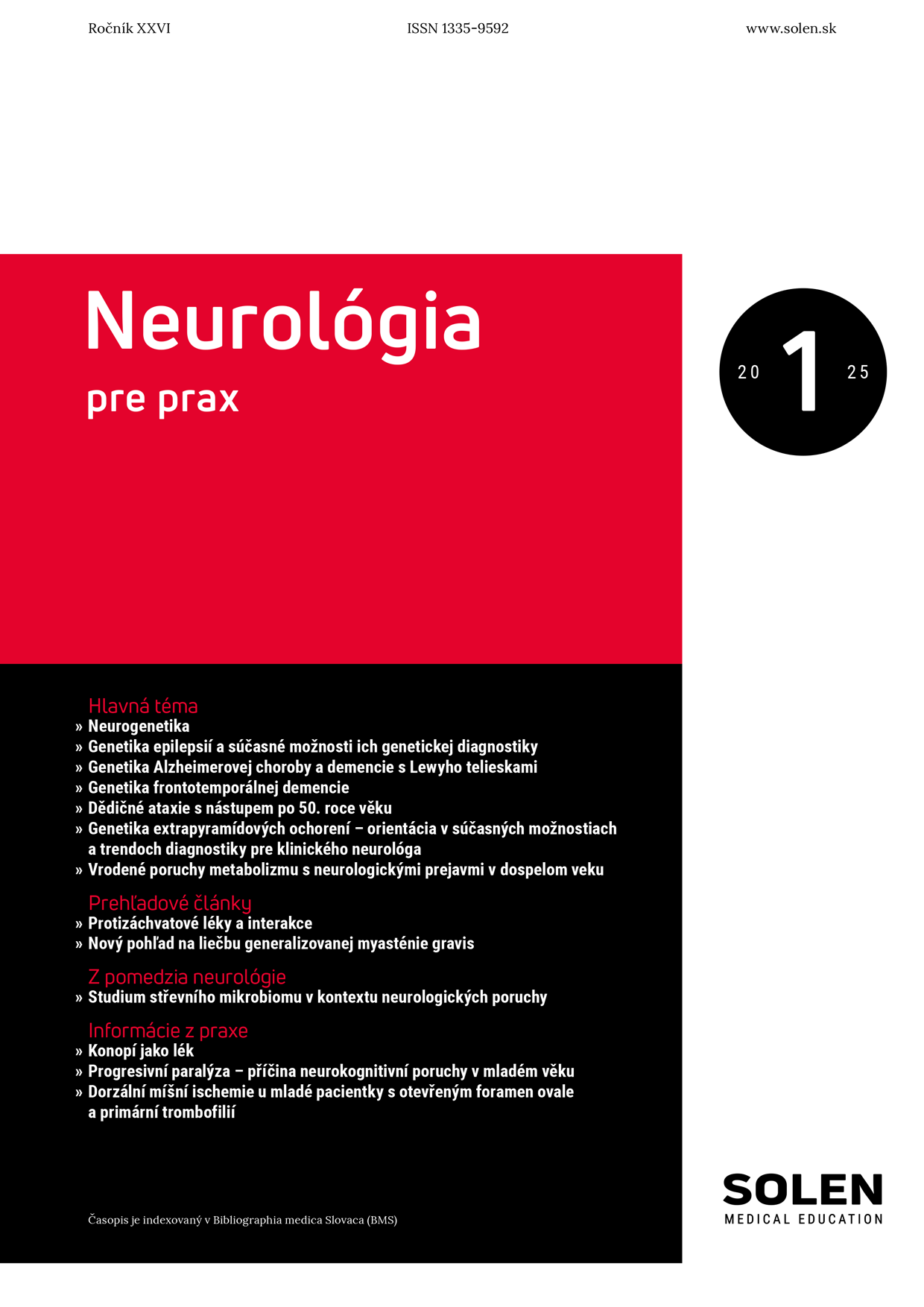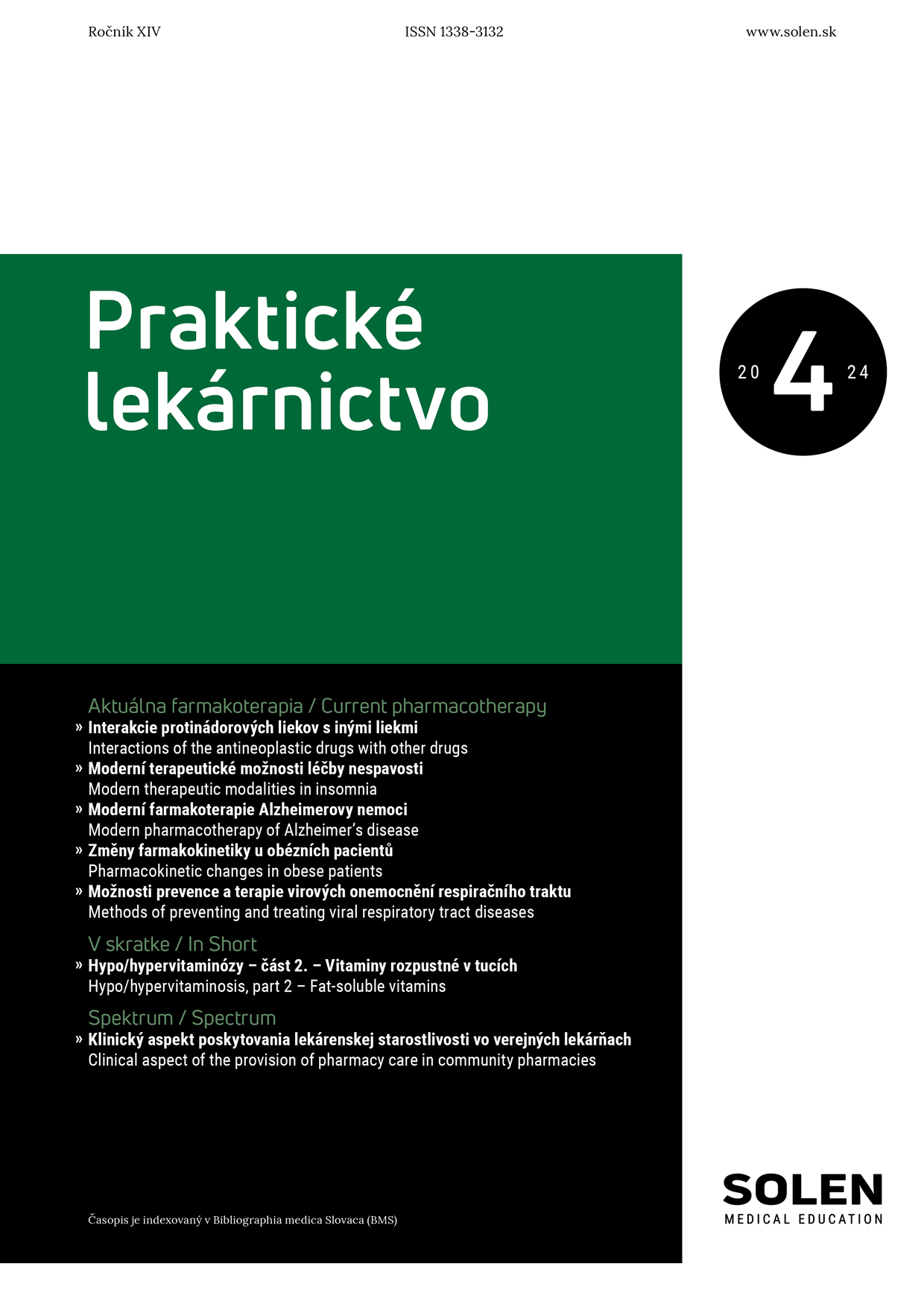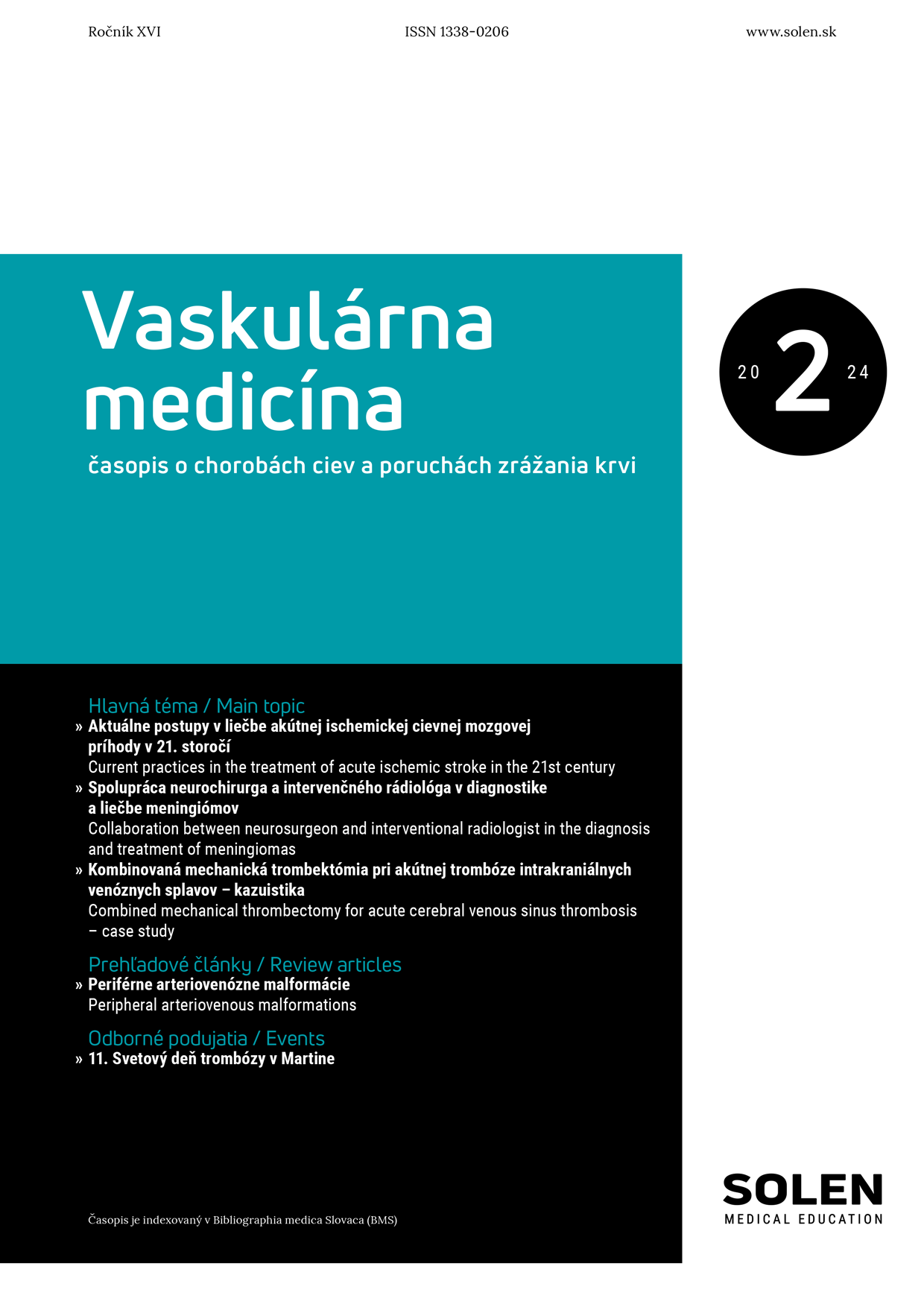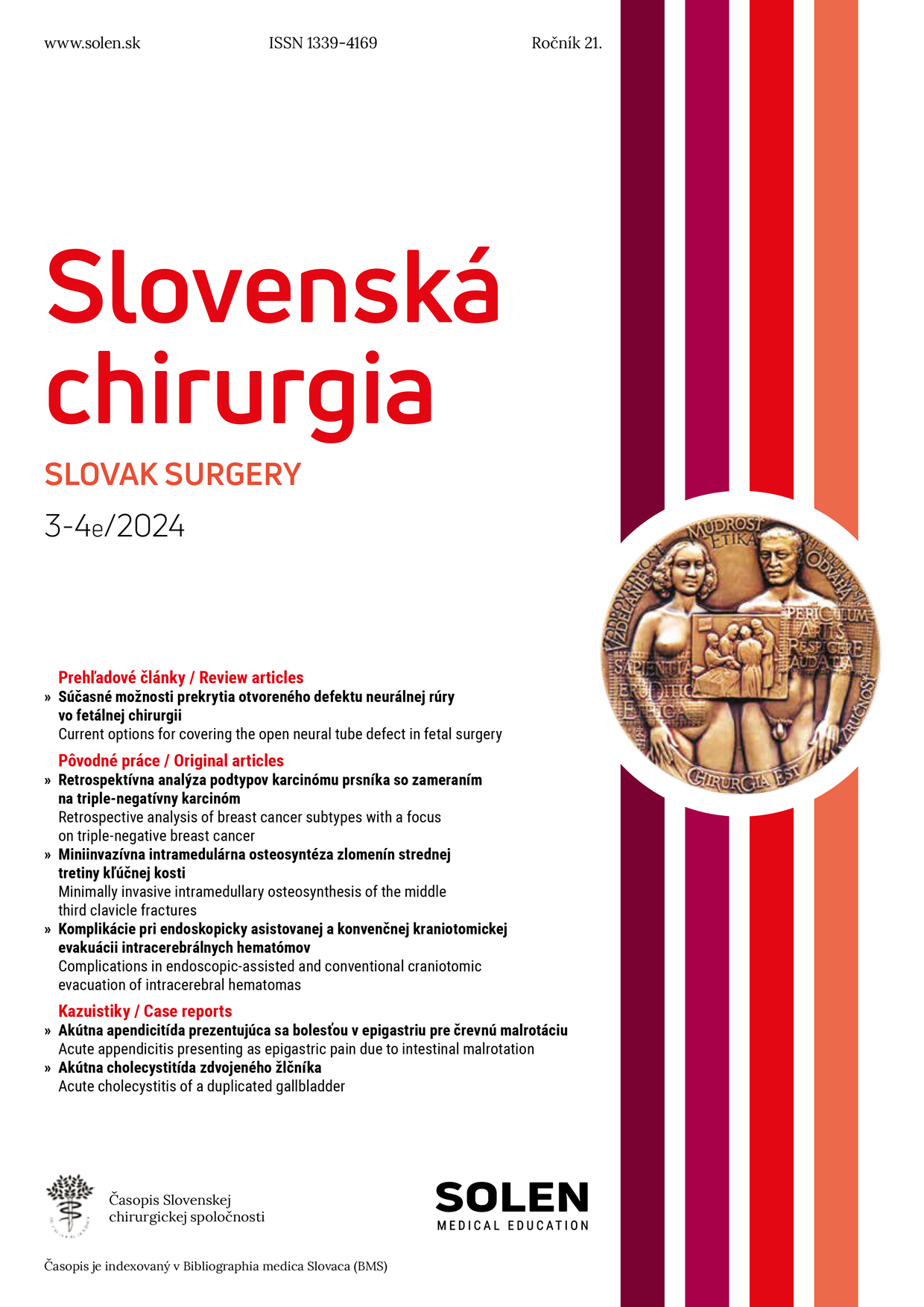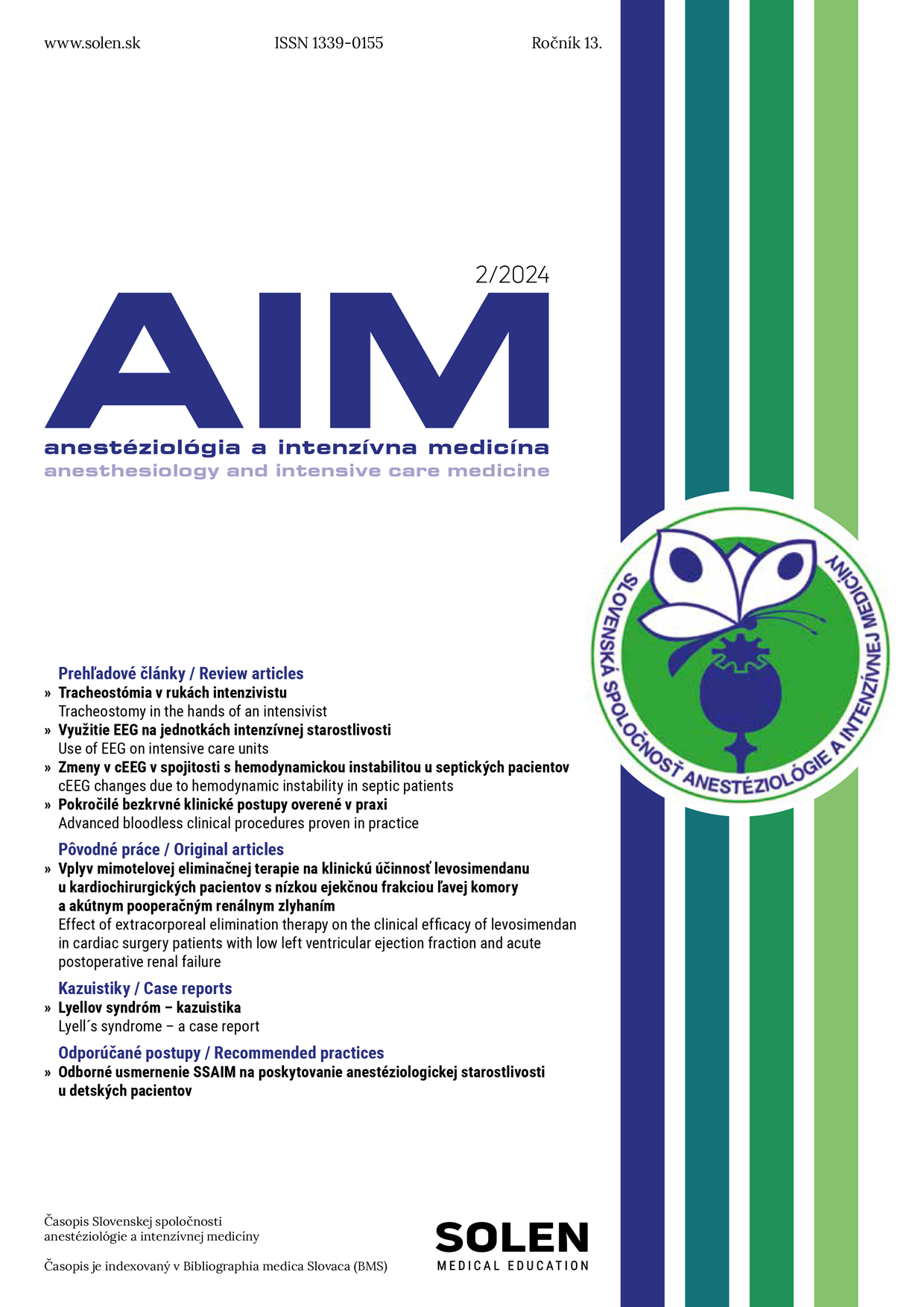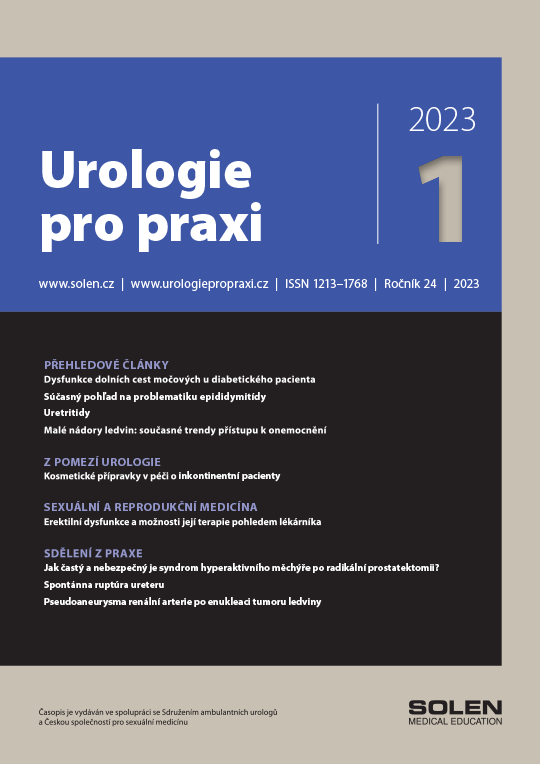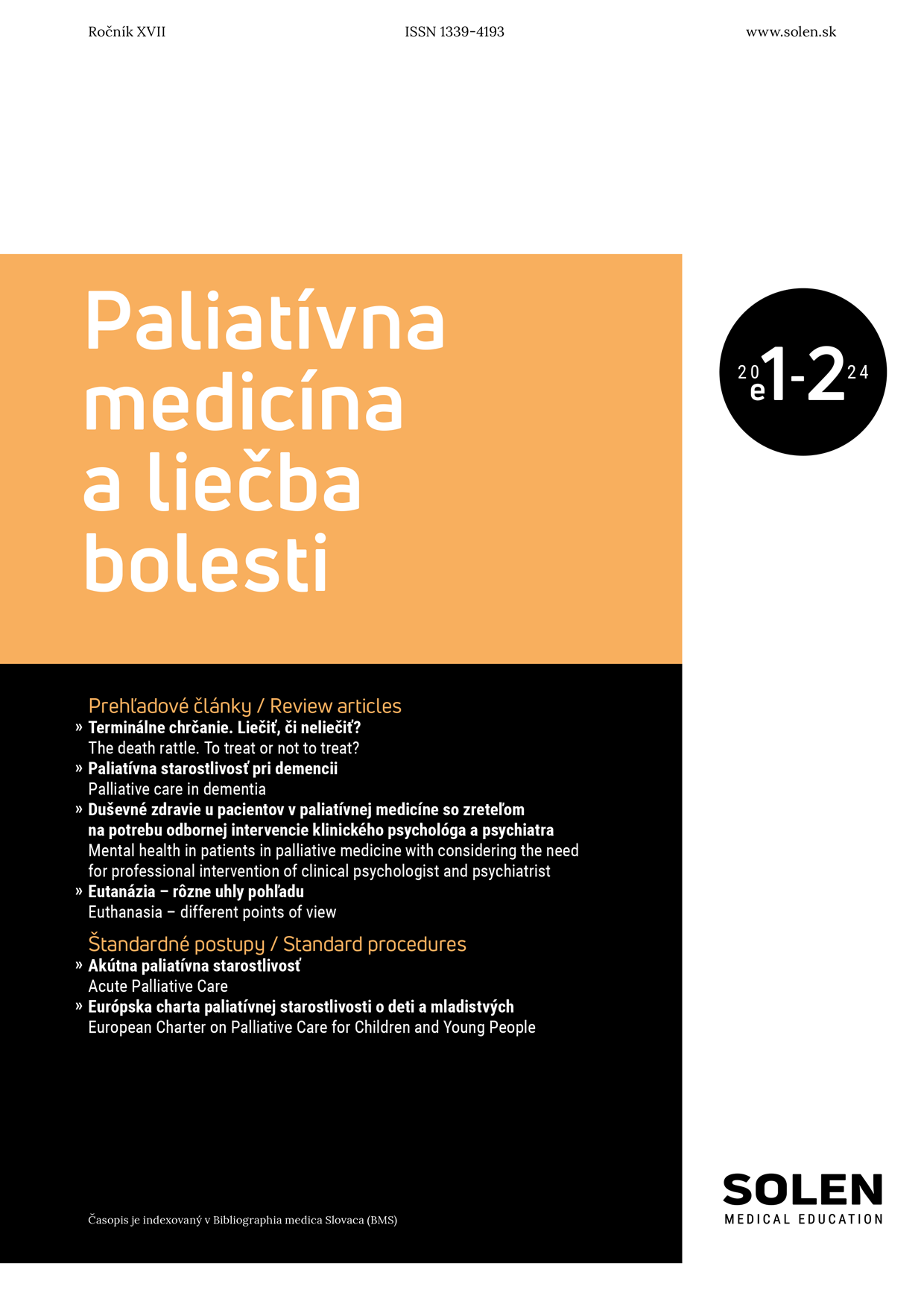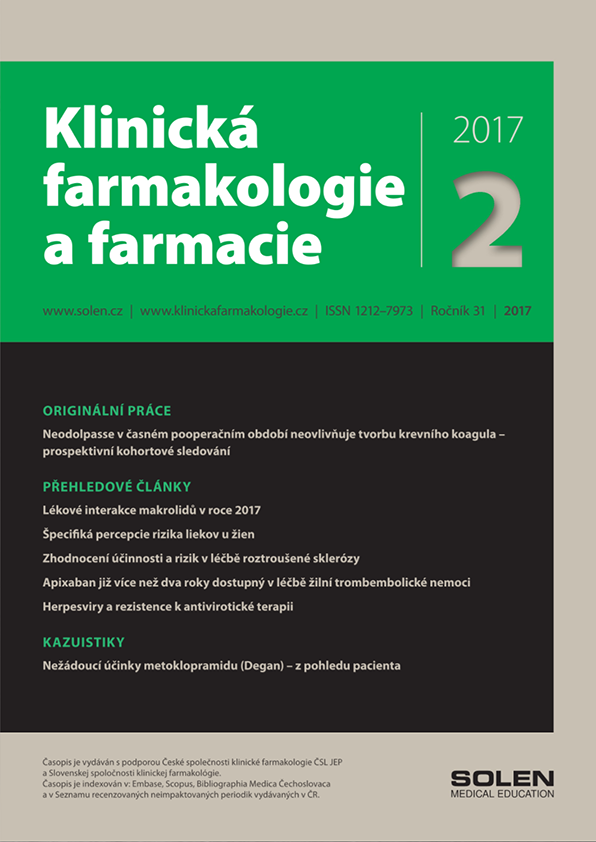Lekárska genetika a diagnostika 2/2024
Nariadenie Európskeho parlamentu a Rady (EÚ) 2017/746 o diagnostických zdravotníckych pomôckach in vitro a jeho vplyv na činnosť laboratórií v oblasti lekárskej genetiky
Nariadenie (Regulation) Európskeho parlamentu a Rady (EÚ) 2017/746 o diagnostických zdravotníckych pomôckach in vitro, ktoré je známe pod skratkou IVDR, vstúpilo do platnosti 26. mája 2017. Toto nariadenie nahradilo EÚ Smernicu (Directive) 98/79/EC o diagnostických zdravotníckych pomôckach in vitro (skratka IVDD), ktorá bola v platnosti od roku 1998. Hlavným poslaním IVDR je zabezpečiť vysokú úroveň ochrany zdravia, bezpečnosti pacientov a používateľov v celej Európskej únii, a to zavedením prísnejších požiadaviek na bezpečnosť a klinické hodnotenie diagnostických pomôcok, zaručením konzistentnej úrovne ochrany všetkých zainteresovaných strán, zverejňovaním informácií o pomôckach, vrátane informácií o klinických údajoch a výkonnostných charakteristikách, aplikáciou prísnejších kontrol a požiadaviek na monitorovanie po uvedení na trh a v neposlednom rade implementáciou novej klasifikačnej schémy, ktorá lepšie odráža riziká spojené s rôznymi typmi diagnostických pomôcok in vitro. Nariadenie sa týka širokej škály subjektov zapojených do výroby, distribúcie a používania diagnostických zdravotníckych pomôcok in vitro (IVD), vrátane výrobcov, ktorí navrhujú, vyrábajú a uvádzajú IVD na trh v EÚ, autorizovaných zástupcov, ktorí zastupujú výrobcov so sídlom mimo EÚ, distribútorov a dovozcov, medicínskych/klinických laboratórií a poskytovateľov zdravotnej starostlivosti, ktorí vykonávajú in vitro vyšetrenia/diagnostiku, ďalej notifikovaných orgánov, ktorými sú certifikačné orgány určené členskými štátmi EÚ, ktoré hodnotia súlad pomôcok s požiadavkami IVDR a regulačných orgánov, zodpovedných za implementáciu a dohľad nad dodržiavaním IVDR v jednotlivých členských štátoch EÚ. Medicínske/klinické laboratóriá, vrátane tých, ktoré vykonávajú genetické vyšetrenia materiálov pochádzajúcich z ľudského tela za účelom poskytovania informácií pre diagnostiku, monitorovanie, riadenie, prevenciu a liečbu chorôb, alebo hodnotenie zdravia, sú priamo či nepriamo dotknuté IVDR. Rozsah, v akom tieto laboratóriá musia plniť požiadavky nariadenia závisí od typu pomôcok, ktoré v praxi používajú a ich certifikácie v súlade s požiadavkami IVDR. Článok sumarizuje požiadavky, ktoré laboratóriá musia plniť z hľadiska IVDR a poskytuje možnosť lepšej orientácie sa v množstve informácií súvisiacich s predmetným nariadením.
Kľúčové slová: Nariadenie Európskeho parlamentu a Rady (EÚ) 2017/746 o diagnostických zdravotníckych pomôckach in vitro (IVDR), diagnostická zdravotnícka pomôcka in vitro (IVD), medicínske/klinické laboratórium (ML)
Regulation (EU) 2017/746 of the European Parliament and of the Council on in vitro diagnostic medical devices and its impact on the activities of laboratories in the field of medical genetics
The Regulation of the European Parliament and the Council (EU) 2017/746 on in vitro diagnostic medical devices, known by the abbreviation IVDR, came into effect on May 26, 2017. This Regulation replaced the EU Directive 98/79/EC on in vitro diagnostic medical devices (abbreviated IVDD), which had been in force since 1998. The main mission of the IVDR is to ensure a high level of health protection and safety for patients and users across the European Union by introducing stricter requirements for the safety and clinical evaluation of diagnostic devices, ensuring a consistent level of protection for all stakeholders, publishing information about the devices, including clinical data and performance characteristics, applying stricter controls and post-market monitoring requirements, and, not least, implementing a new classification scheme that better reflects the risks associated with different types of in vitro diagnostic devices. The Regulation concerns a wide range of entities involved in the manufacture, distribution, and use of in vitro diagnostic medical devices (IVD), including manufacturers who design, produce, and market IVDs in the EU, authorized representatives who represent manufacturers based outside the EU, distributors, and importers, medical/clinical laboratories, and healthcare providers who perform in vitro examinations/diagnostics. It also involves notified bodies, which are certification bodies designated by EU member states to assess the conformity of devices with IVDR requirements, and regulatory authorities responsible for implementing and overseeing compliance with IVDR in the individual EU member states. Medical/clinical laboratories, including those performing genetic testing of materials derived from the human body to provide information for diagnosis, monitoring, management, prevention, and treatment of diseases, or health assessment, are directly or indirectly affected by the IVDR. The extent to which these laboratories must comply with the Regulation’s requirements depends on the types of devices they use in practice and their certification following IVDR requirements. The article summarizes the requirements laboratories must meet in terms of the IVDR and provides better orientation in the abundance of information related to this Regulation.
Keywords: Regulation (EU) 2017/746 of the European Parliament and of the Council on in vitro diagnostic medical devices, in vitro diagnostic medical devices (IVD), medical/clinical laboratory (ML)



